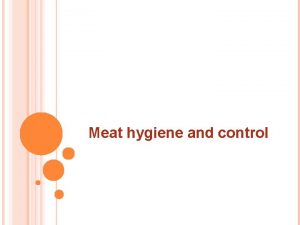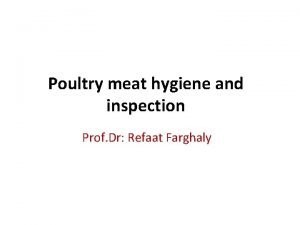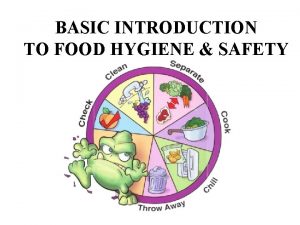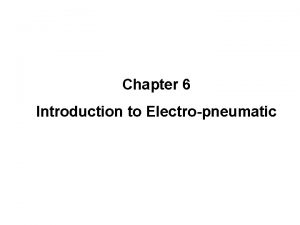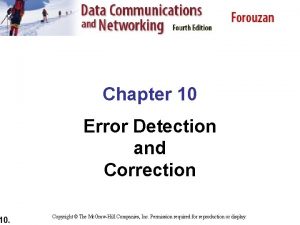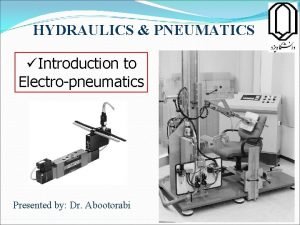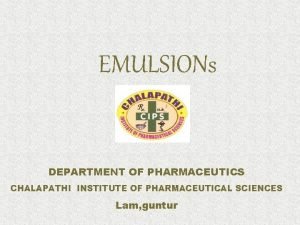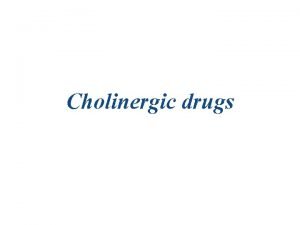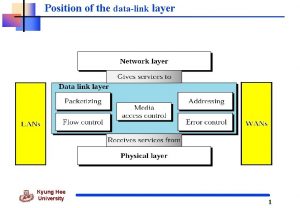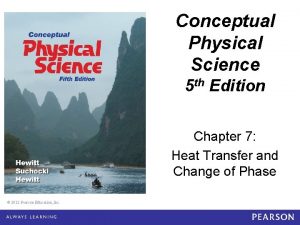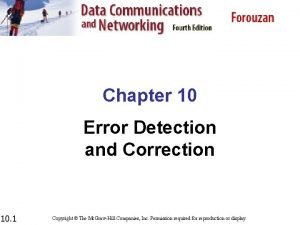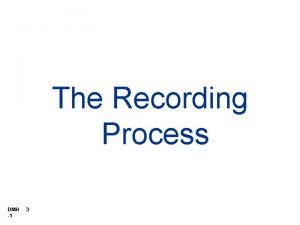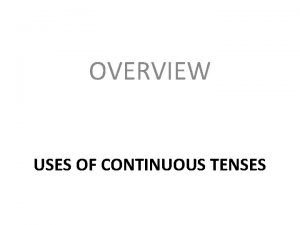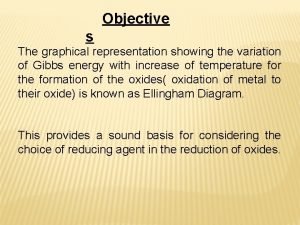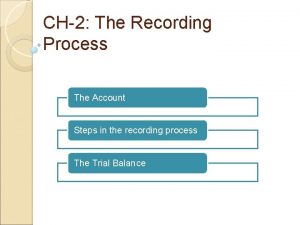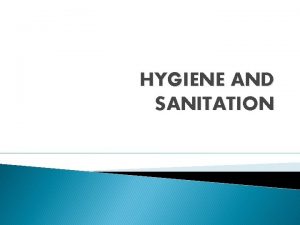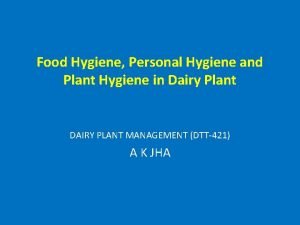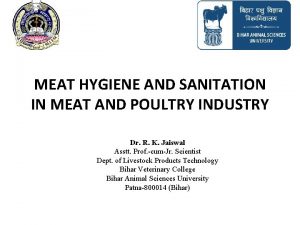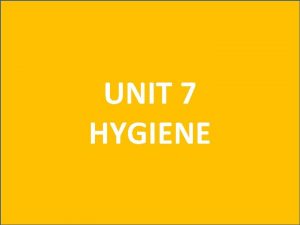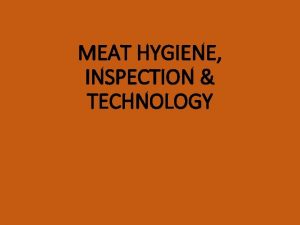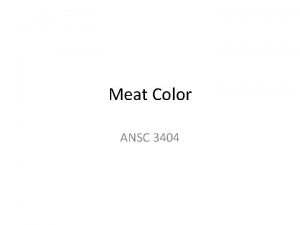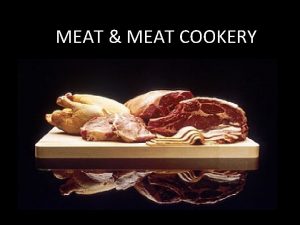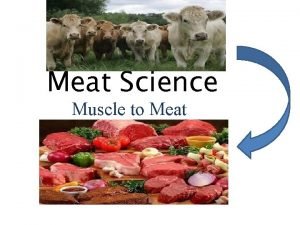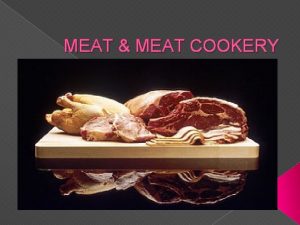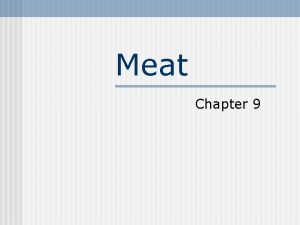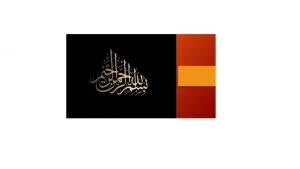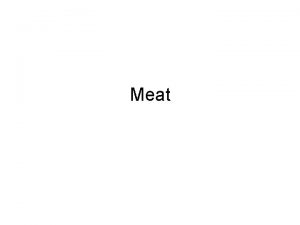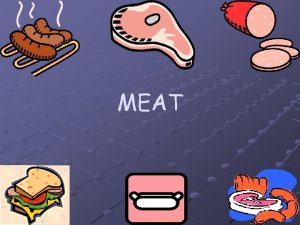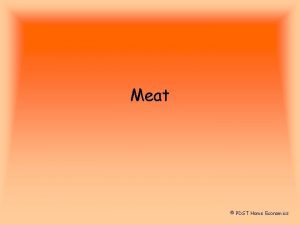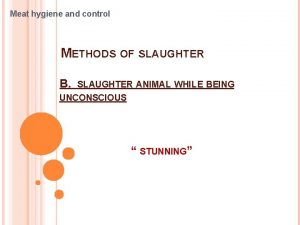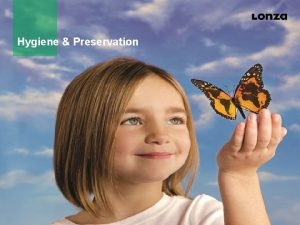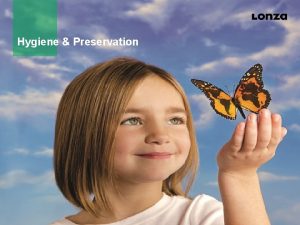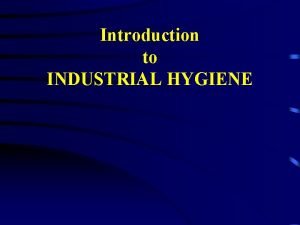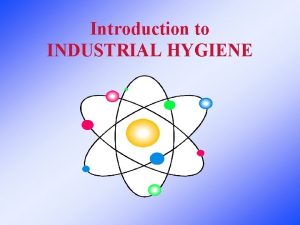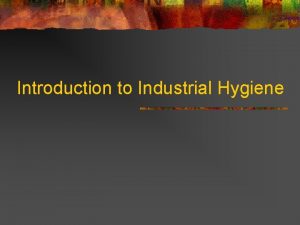Meat hygiene and control Introduction Meat is normally























- Slides: 23

Meat hygiene and control

Introduction Meat is normally regarded as the edible parts of food animals. Large animals Small animals: Poultry meat: Sea foods • Cattle----- beef • Buffaloes, meat of buffalo calf ---veal • Camels • Dears. • Sheep-----mutton • Goats, • Pigs -------pork • chicken, turkey • geese, duck • pigeon, Quail • ostrich • rabbits • fish, • crusticians (prawn& carb) • Mollusks (sibia& bivalve) A. Red meat B. white meat

IMPORTANCE OF MEAT IN HUMAN DIET IS DUE TO THE FOLLOWING: Nutritive Stimulate Allay hunger • Most concentrated and easily digested food • Contain all nutritive substances needed for human being • Good source of the 1 st class protein, it contains all essential amino-acids. • Metabolism by production of heat & energy • Gastric secretion due to palatable flavor. • Remain in stomach for some hrs. • Due to its fat content.

Judgment of the slaughtered animals depends on: History, P. M lesions& any lab. results Judgment symbols according to international codes are: Post-mortem inspection • A: Approved Anti-mortem inspection • T: totally condemned. • T: Total condemnation • D: Partially condemned • I: meat of inferior quality • R: Retain for rest & treatment. • L: approved in limited areas • K: conditionally approved; • Kh: after heat treatment • S: Partially condemned • Kf: after freezing • Kr: after refrigeration

Muscle tissue. Skeletal M. or striated M. constitutes the bulk of the carcass of meat animals • of principal interest to the meat industry. • Muscle that is attached directly or indirectly to the skeleton. • Red muscle: slow, sustain activity for long period due to high myoglobin content • White muscles: fast acting & easily fatigued Cardiac M. = muscle of the heart Smooth muscle • Differentiated by the presence of intercalated disks • located in arteries and the lymph system as well as the digestive and reproduction systems. • No real ordered myofibrils and thus nonstriated appearance. • Smooth muscle contracts slowly and rhythmically. • is under control of the ANS. • acts involuntarily.

Separating septa C. T sheath 80% myofibrils Cell membrane

Connective tissue Collagen White C. T gelatin upon heating straight, inextensible, non branching e. g; fascia connecting muscle bundle 95% Or more Elastin • elastic, branching, • Yellow colored, almost nondestructible • e. g; abdominal M. & ligamentum nuchae. Reticulin C. T resist conversion to gelatin upon moist heating Resemble to collagen but is associated with substantial quantities of lipids 5% or less

GENERAL CHEMICAL ASPECTS components 1. Water Net % weight 75% a. pound water 6 -15% b. free water 50 -70% 2. Protein 19% a. Myofibiller (myosin+ actin) 11. 5% b. Sarcoplasmic 5. 5% c. Connective Tissue 2% 3. Lipid( saturated+ unsaturated F. A) 2. 5% 4. Carbohydrate 1. 2% 5. Miscellaneous soluble & non soluble substances a. nitrogenous 1. 65% b. minerals 0. 65% 6. Fat & water soluble vit. Quantitively minute

MEAT INSPECTION PROCEDURES The objectives of meat inspection programme are twofold: a. To ensure that only apparently healthy, physiologically normal animals are slaughtered for human consumption & that abnormal animals are separated and dealt with accordingly. b. To ensure that meat from animals is free from disease, wholesome and of no risk to human health. These objectives are achieved by antemortem and postmortem inspection procedures and by hygienic dressing with minimum contamination.

Some of the major objectives of antemortem inspection: üto screen all animals destined to slaughter, to ensure that animals are properly rested and that proper clinical information, which will assist in the disease diagnosis and judgment, is obtained. ü to reduce contamination on the killing floor by separating the dirty animals and condemning the diseased animals. üto ensure that injured animals or those with pain and suffering receive emergency slaughter. ü to identify reportable animal diseases to prevent killing floor contamination. üto identify sick animals and those treated with chemotherapeutic agents, insecticides and pesticides. üTo identify animals suffering from dis. With no P. M lesions e. g; Rabies, tetanus, or dis. Which not admit to be slaughtered as anthrax.

Prerequisites for ante-mortem inspection: Both sides of an animal should be examined at rest and in motion. Ante-mortem examination should be done within 24 hours of slaughter and repeated if slaughter has been delayed over a day. Spread hogs and animals affected with extensive bruising or fractures require emergency slaughter. Animals showing clinical signs of disease should be held for veterinary examination and judgment. They are treated as “suspects” and should be segregated from the healthy animals. The disease and management history should be recorded and reported on an A/M inspection card.

Antemortem Inspection procedure Animal should be inspected in a standing position & in motion + not excited condition and the following should be observed: 1. Abnormalities and signs of diseases. 2. Species and behavior of animals; sick or suspected diseased animals, report their age, color % specific markings. 3. Manner of standing & movement. 4. State of nutrition 5. Condition &cleanliness of the hide, skin, hair / wool. 6. Salivation, rumination& consistency and color of feces. 7. Respiratory system & quality of resp. 8. Injuries, swelling & oedema. 9. Body temperature esp. for suspected or obviosly diseased animals.

Transportation of animals: animal(1, 6, 7), vehicle(3, 8), attendant(2, 4, 5, ). Measures to reduce the risks during transportation: 1. Transport animals of the same species, weight & age. Otherwise use a divided vehicle. 2. Gentle handling during loading & off-loading. 3. Vehicle should be well ventilated, avoid exposing the animal to bad weather&/ over crowding 4. Animals should be accompanied by attendant responsible for the care of the animals 5. Long journey must have sufficient stops for watering, feeding, milking, etc, adequate &suitable food and water must be offered every 12 hrs. 6. Unfit animals are not allowed to travel. & those which become unfit or died during travel must be dealt with hygienically. 7. Carcasses must not be carried in the same vehicle with live animals 8. Cleansing and disinfecting of vehicles must be carried out as soon as possible after unloading.

large truck at unloading platform. Double-deck truck for transporting sheep & goats Most animals can be fed and watered before transporting. This has a settling effect. However pigs should not be fed before transport as the feed ferments and the gas causes pressure on the heart in the thoracic cavity, leading to heart failure and death.

Buffaloes love crowding Pigs caged & loaded on a motor cycle Ducks cycling before slaughter

Cattle moving on hooves ”trekking” 30 km/d. Cattle leg protruding through broken truck floor Sheep, goats & pigs in the same truck Mishandling of animals injuries



Affections induced by transport 1. Fractures, bruising, traumas. 2. Stress 3. Suffocation, due to heavy meal before transport----- lameness, contusions 4. Transient fever which disappears after rest. 5. Loss of weight: 1 -2% live weight decrease depending on weather cond. &animal status before travel. 6. Mortality ; may be>1%.

Dealing with the animal arrived to abattoir: 1. Resting of the animal keeping quality. 2. Watering bacterial load in the GIT& facilitate skining 3. Feeding for animal detained more than 12 h. 4. Fasting ‘ prevent feeding 12 h before slaughter” well bled +easily dressed+ brighter colored carcass Slaughter of exhausted animal leads to: incomplete acidity in the muscles delay R. M poor K. Q. early invasion of GIT bacteria bone taint incomplete bleeding dark colored meat.


Decisions at antemortem inspection: 1. Release for slaughter if no evidence of any abnormal cond. /dis. 2. Condemned in case of: a. dis. Total condemnation at P. M inspection b. health hazard for meat handler c. contaminate premises/ other carcasses 3. Slaughter with special precautions in case of: a. dis. partial cond. / K at P. M inspection b. if the consignment “ ”ﺍﻟﺸﺤﻨﺔ admitted to slaughter under restriction + no T or emergency slaughter required. 4. Delayed slaughter in case of: a. Temporary affections e. g, stress, advanced pregnancy, recent parturition/ abortion b. drug ttt within time limits shorter than required delay. 5. Emergency slaughter ordered: traumatic lesions by accidents / to prevent natural death or deterioration.

 Normally white vs. normally black
Normally white vs. normally black Meat hygiene and inspection
Meat hygiene and inspection Poultry meat hygiene and inspection
Poultry meat hygiene and inspection Forms of chicken
Forms of chicken Basic introduction to food hygiene
Basic introduction to food hygiene Terzaghi's bearing capacity theory
Terzaghi's bearing capacity theory What do you do usually on weekends
What do you do usually on weekends Plc timer symbol
Plc timer symbol Push button pneumatic symbol
Push button pneumatic symbol The divisor in cyclic code is normally called as
The divisor in cyclic code is normally called as Detent switch normally open
Detent switch normally open Emulsion definition pharmacy
Emulsion definition pharmacy Muscarinic adrenergic receptors
Muscarinic adrenergic receptors The divisor in a cyclic code is normally called as
The divisor in a cyclic code is normally called as When air rapidly expands its temperature normally
When air rapidly expands its temperature normally Crc code with c(7 4)
Crc code with c(7 4) The divisor in a cyclic code is called
The divisor in a cyclic code is called Virtual circuit and datagram networks in computer networks
Virtual circuit and datagram networks in computer networks Dmh-1
Dmh-1 Verbs not normally used in the continuous tense
Verbs not normally used in the continuous tense Ellingham diagram is a graphical representation of
Ellingham diagram is a graphical representation of A switch in a datagram network uses a
A switch in a datagram network uses a Posting normally occurs before journalizing
Posting normally occurs before journalizing Infomation
Infomation

